We dedicated a few of our workshops to the role of the arts in social movements. Here are some of the examples from our classes.
Literatura de Cordel: “String Literature”
These are inexpensive booklets sold at fairs and by street vendors in Brazil. They cover topics from popular songs and poetry to politics and education. This format for spreading a message quickly and cheaply has been used in social and political movements across cultures (chapbooks in Europe and papel volante in Portugal).
The invention of printing played an instrumental, disruptive role in human society. It democratized literacy, information, and education. These pamphlets are just one of many examples of how printing gave us the power to communicate and share with the masses.

Wikipedia Article on Literatura de Cordel
Social Media and Activism
Like print, social media has become the tool for disseminating information quickly and inciting social movements. Our online posts are our modern-day “pamphlets,” and hashtags are a way to organize our messages into a movement that others can easily follow, find, and share. Here are some examples of how different people and groups have made their messages travel using social media and hashtags.
Example 1: #TheRealUW
#TheRealUW is a hashtag that UW-Madison Athletics created, but after three racial hate incidents occurred on campus in March towards students of color, outraged students usurped #TheRealUW hashtag to point out the racial problems on campus that the school has not addressed.
If you Google #TheRealUW the top search results all have to do with race and the students’ movement.
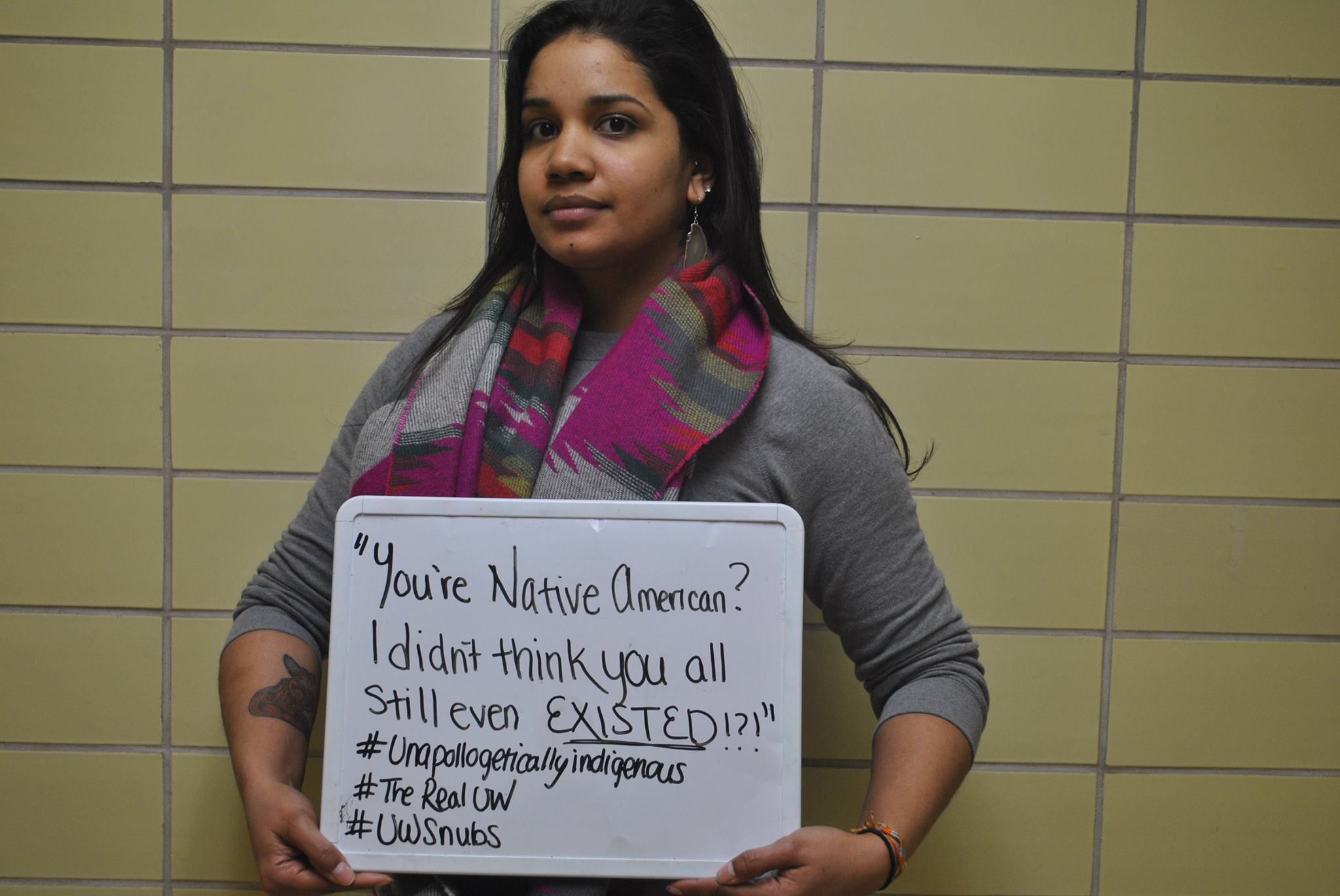
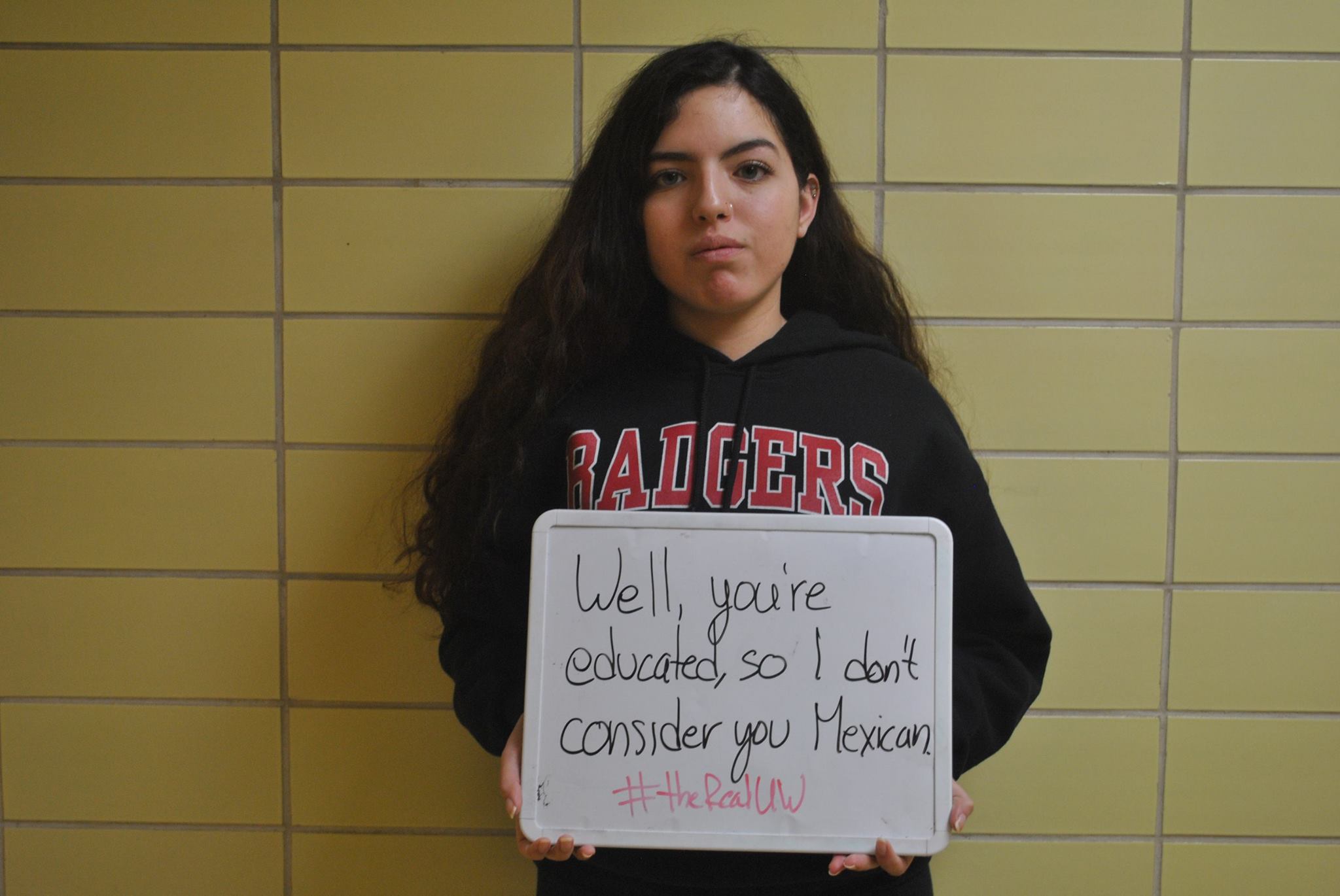
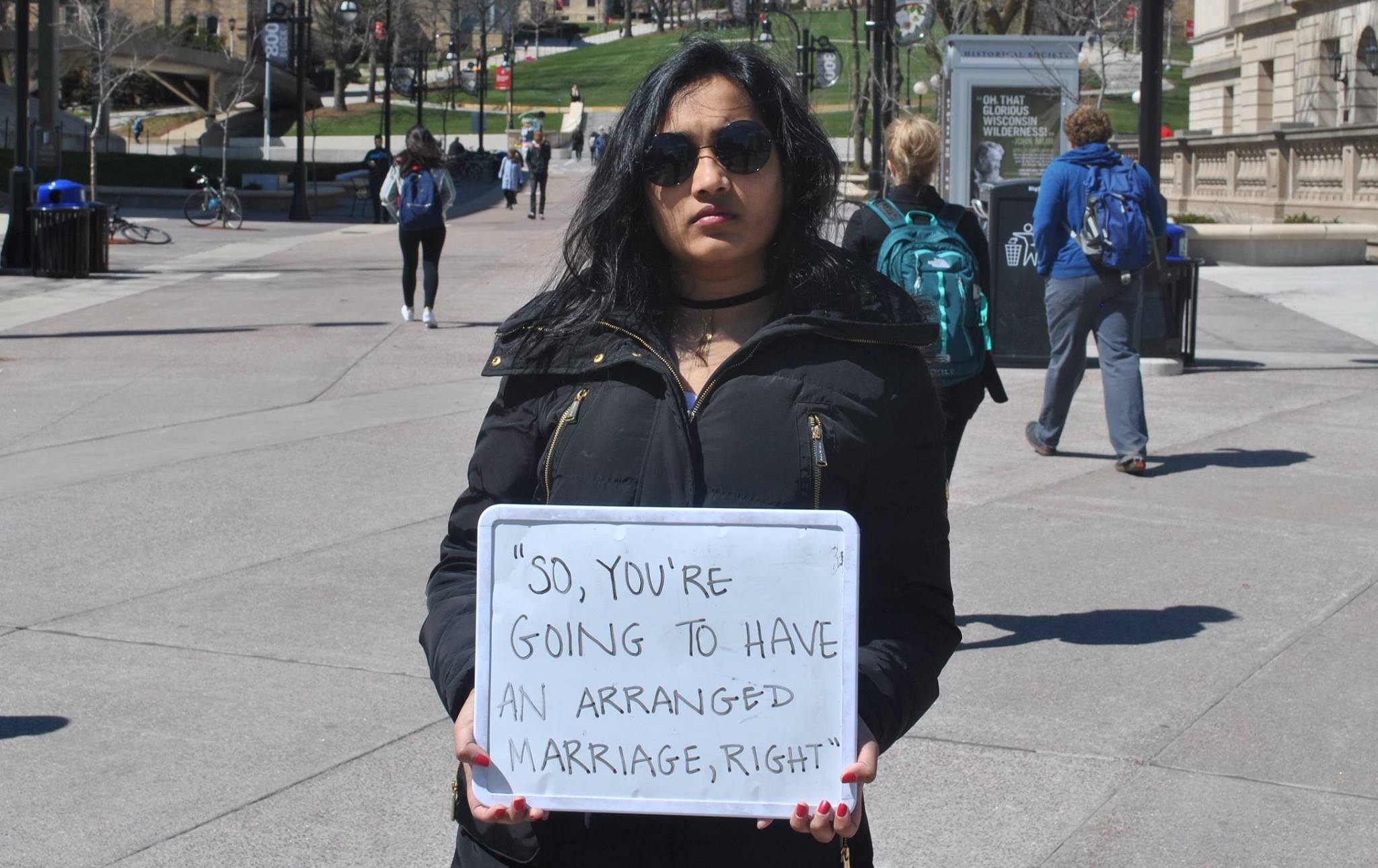
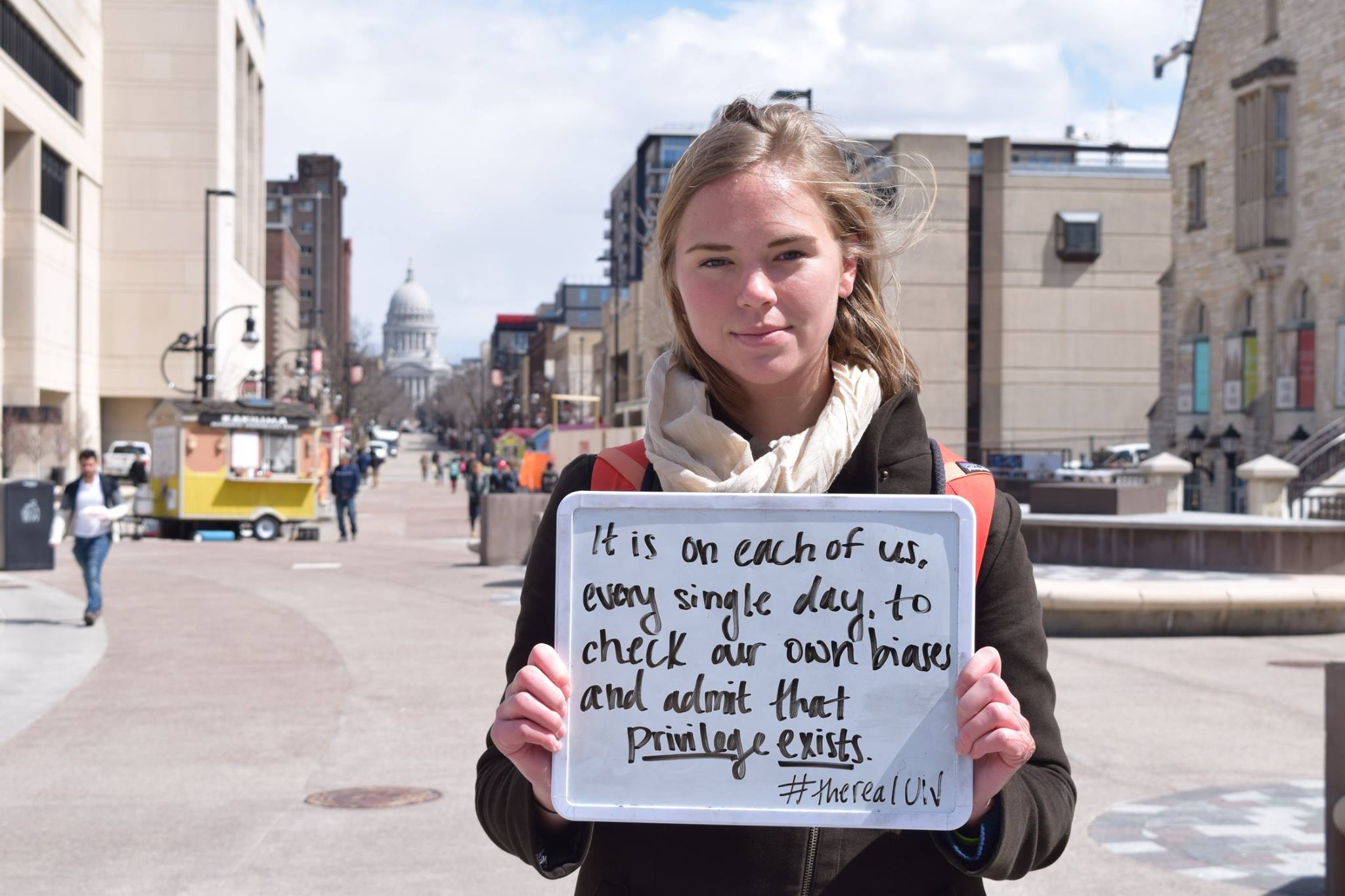
Articles about #TheRealUW
#TheRealUW: A Social Media Movement is Forcing UW-Madison to confront its race problems
#TheRealUW: Students tell stories of racial bias, UW not doing enough
The story after it got picked up by BuzzFeed
I’m listening to our students at #therealuw. Thank you for sharing these difficult stories. Your openness will educate and make UW better.
— Becky Blank (@BeckyBlank) March 14, 2016
Example 2: #IWillProtectYou
A mother shared the above Facebook Status when Trump’s claim that he would ban all Muslims scared her daughter that their family would be deported. The status went viral, and military veterans responded with the following messages and the hashtag #IWillProtectYou.
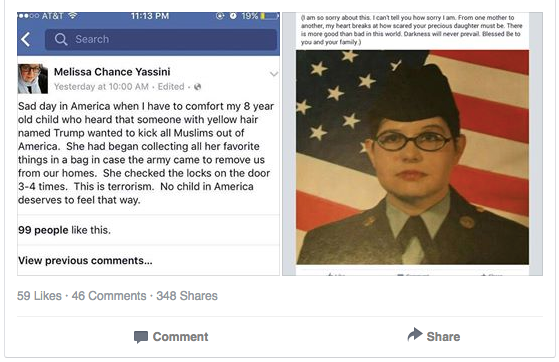
Sofia. I’m a veteran of the #Navy and I also swore an oath to protect all Americans. #iwillprotectyou pic.twitter.com/tXdeN8PJSp
— NanoRoseWhitewater (@NanoRoseW) March 29, 2016
Sofia, do not fear. You are the reason we serve. #iwillprotectyou #USNavy pic.twitter.com/lV8QEY90Tt
— Dimitri Roberts (@DimitriNRoberts) March 17, 2016
News Story on #IWillProtectYou
Conclusion
Technology is undoubtedly powerful. How can we harness this power effectively, ethically, and meaningfully? How can we use it not only to drive our own ideas, but also empower others to ask good questions and imagine new possibilities?
For further reading on our use of social media, check out this article on how Social Media was used after the Paris attacks and ways to build a caring community.






You must be logged in to post a comment.